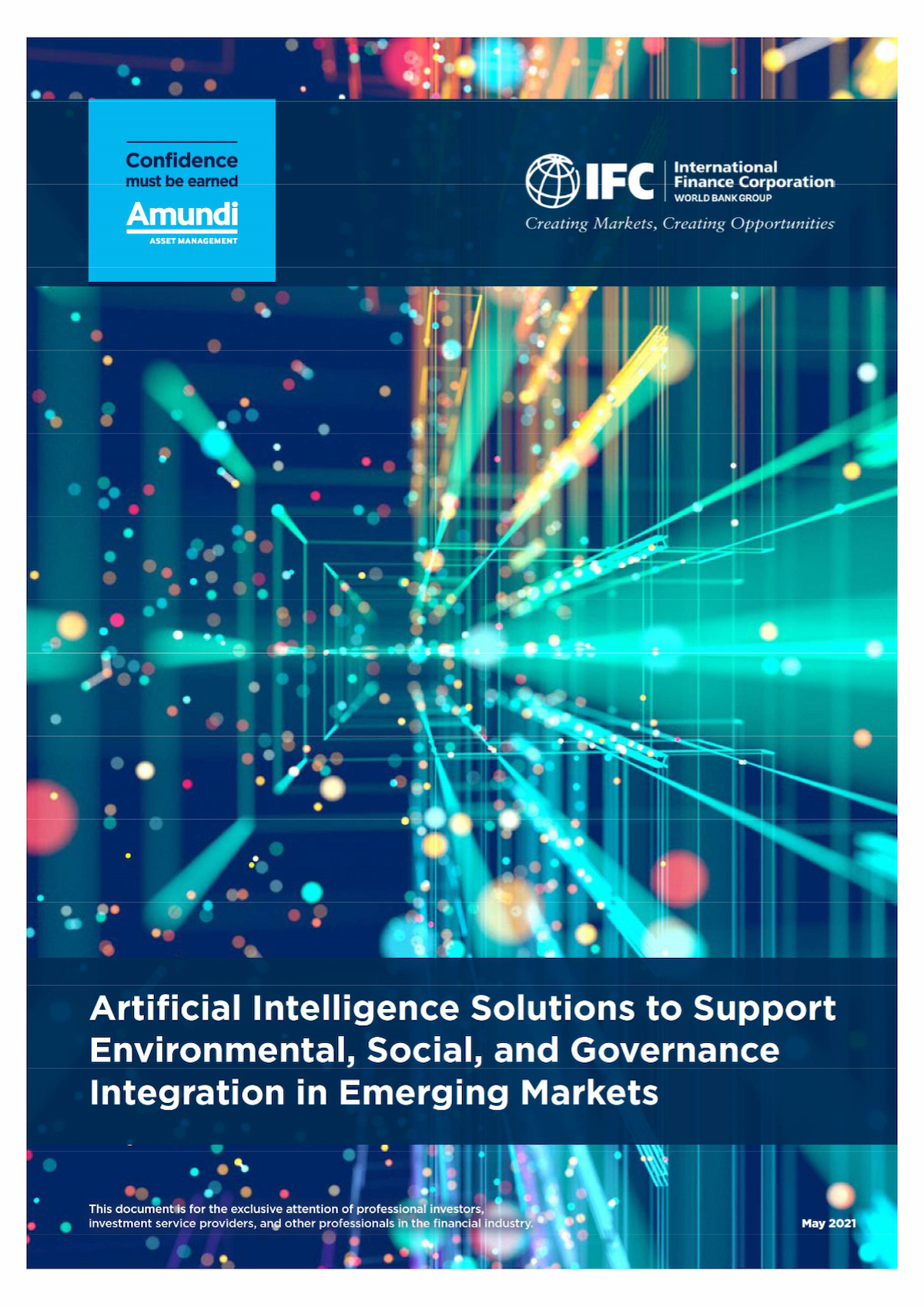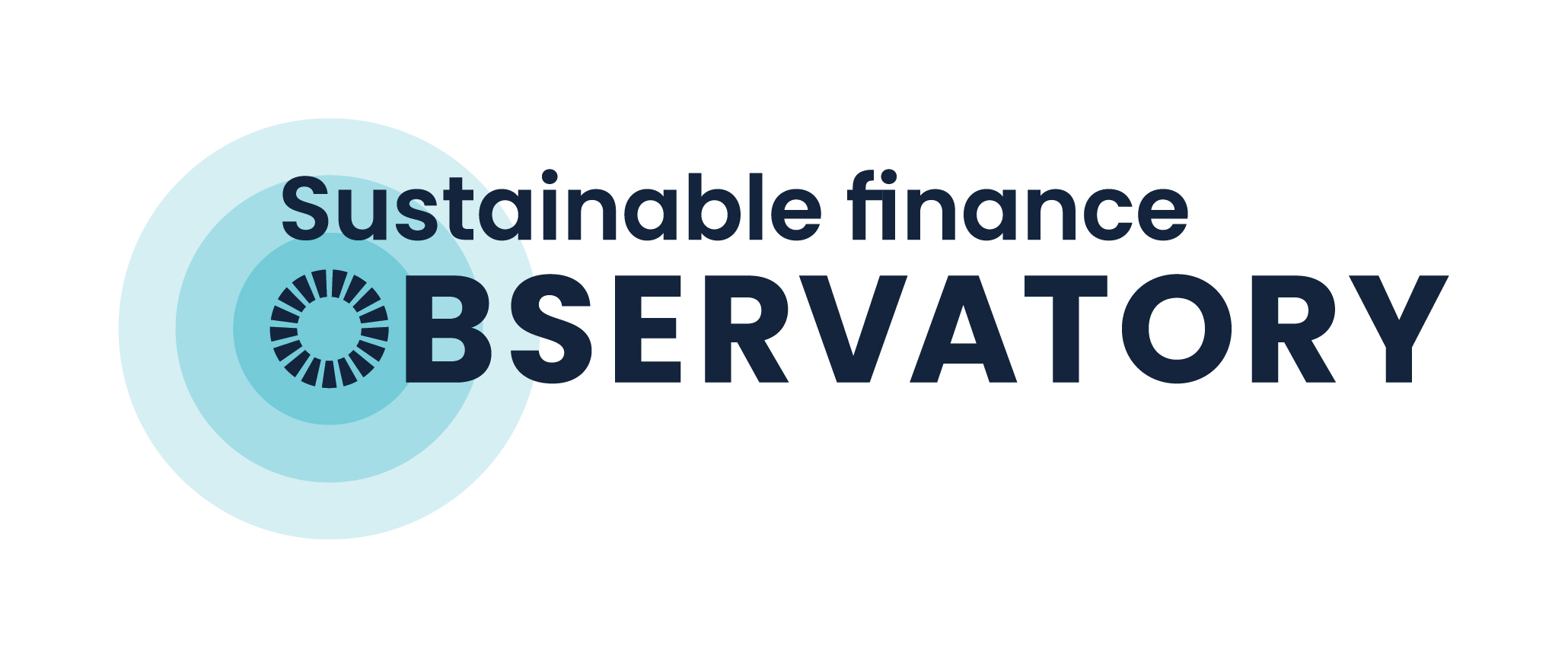Paul Millar
Australian lawyer with a background in international human rights, interested in how investors can consider human rights based on international law and, for which, I devised a model in a PhD.
PROFILE
I am an Australian lawyer with over 20 years’ experience in refugee status determination. This involves deciding whether an asylum seeker will suffer violations of international human rights laws. It requires knowledge of those laws and human rights practices around the world. I did this work for UNHCR, the UN refugee agency, in Hong Kong, Malaysia, South Africa and Romania. I also did this work on appellate tribunals in New Zealand and Australia. I hold a Master of International and Comparative Law degree from Georgetown University Law Centre, Washington DC.
Some years ago, I discovered that investors were advocating responsible, ethical or sustainable investment, all of which encompassed human rights to varying degrees. This led me to undertake a PhD and devise a model for how investors could have corporations do business that does not harm people. The model is based on the UN Guiding Principles on Business and Human Rights and investors who use it will be assisted by the resources available through Altiorem.

















